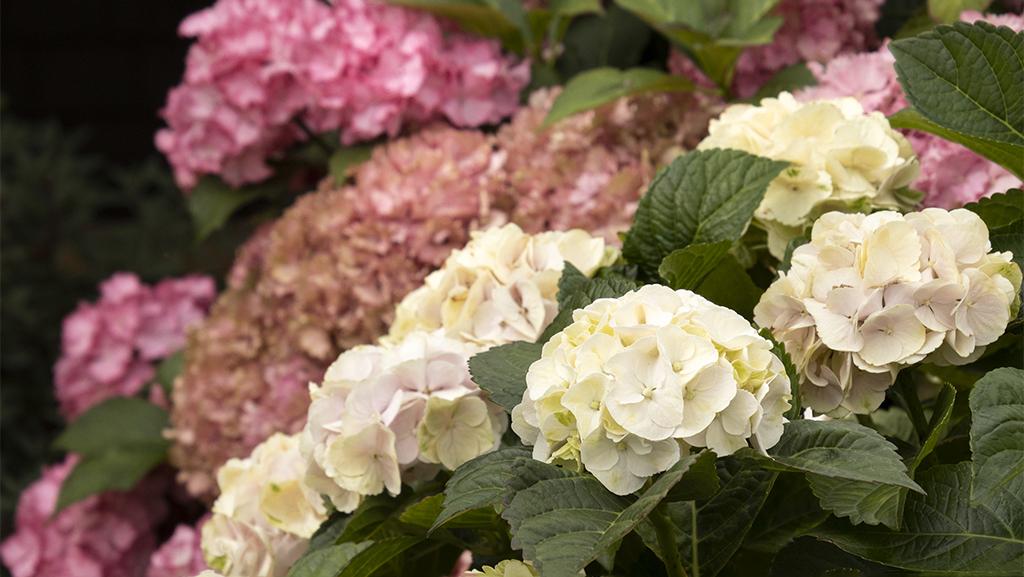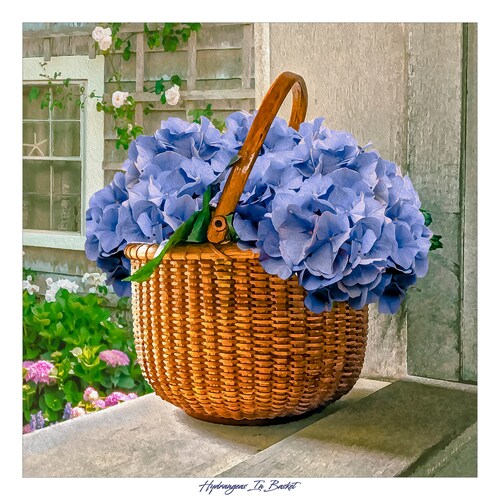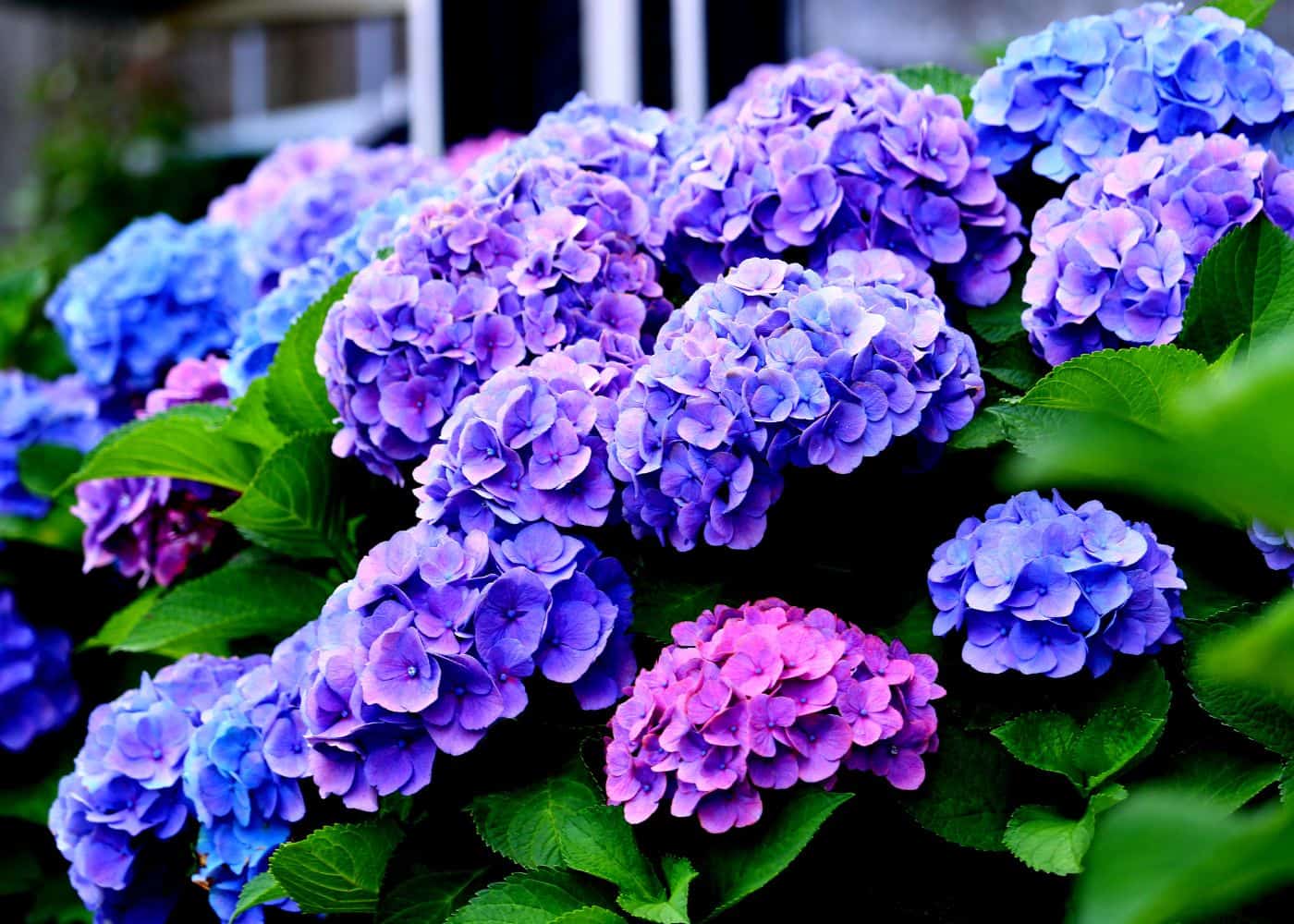The Cape Hatteras Hydrangea: A Stunning Southern Beauty
The Cape Hatteras hydrangea is a stunning southern beauty that is sure to add a touch of elegance to any garden. This hardy shrub is known for its large, showy blooms that can range in color from blue to pink to white. Cape Hatteras hydrangeas are also relatively easy to care for, making them a great choice for even the most novice gardeners.
Main Content
- Origin and Description
The Cape Hatteras hydrangea is native to the Outer Banks of North Carolina, where it grows in sandy, acidic soil. The shrub can reach heights of up to 10 feet and has large, heart-shaped leaves. The blooms are produced in clusters and can measure up to 12 inches in diameter. The color of the blooms can vary depending on the soil pH, with acidic soils producing blue blooms and alkaline soils producing pink blooms.
- Growing Conditions
Cape Hatteras hydrangeas prefer full sun to partial shade and acidic, well-drained soil. They are relatively drought-tolerant once established, but they do benefit from regular watering during the growing season. Cape Hatteras hydrangeas are hardy in USDA zones 5-9.
- Pests and Diseases
Cape Hatteras hydrangeas are generally resistant to pests and diseases. However, they can be susceptible to aphids, spider mites, and powdery mildew. If you notice any pests or diseases on your Cape Hatteras hydrangea, you can treat them with insecticidal soap or fungicide.
- Propagation
Cape Hatteras hydrangeas can be propagated by division or by cuttings. To propagate by division, dig up a mature shrub and divide it into smaller sections. Each section should have at least three healthy roots. To propagate by cuttings, take a 6-inch cutting from a healthy stem in the spring or summer. Remove the bottom leaves from the cutting and plant it in a pot of well-draining soil. Keep the soil moist and the cutting in a shady location. The cutting should root in about four weeks.
- Care and Maintenance
Cape Hatteras hydrangeas are relatively low-maintenance shrubs. However, there are a few things you can do to keep them healthy and looking their best.
- Water regularly, especially during the hot summer months.
- Fertilize once a year in the spring with a balanced fertilizer.
- Prune in the spring to remove dead or damaged branches.
- Protect from frost in colder climates.
Conclusion
The Cape Hatteras hydrangea is a beautiful and versatile shrub that can add a touch of elegance to any garden. With its relatively easy care requirements, this hydrangea is a great choice for even the most novice gardeners. If you are looking for a stunning southern beauty to add to your landscape, the Cape Hatteras hydrangea is a great option.
FAQ of cape hatteras hydrangea
- What is Cape Hatteras hydrangea?
Cape Hatteras hydrangea is a type of hydrangea that is native to the southeastern United States. It is known for its large, showy flowers that bloom in shades of blue, pink, or white. Cape Hatteras hydrangeas are hardy plants that can tolerate a wide range of conditions, making them a popular choice for landscaping.
- How do I care for Cape Hatteras hydrangea?
Cape Hatteras hydrangeas are relatively easy to care for. They need full sun to partial shade and moist, well-drained soil. They should be fertilized in the spring and fall with a balanced fertilizer. Cape Hatteras hydrangeas are susceptible to a few diseases, such as leaf spot and powdery mildew. However, these diseases can usually be controlled with a fungicide.
- How do I deadhead Cape Hatteras hydrangea?
Deadheading is the process of removing spent flowers. This helps to encourage new flower growth and prevents the plant from setting seed. To deadhead Cape Hatteras hydrangea, simply pinch off the spent flowers with your fingers. You can also use a pair of scissors to cut the flowers off at the base of the stem.
- How do I overwinter Cape Hatteras hydrangea?
Cape Hatteras hydrangeas are hardy plants that can tolerate cold winters. However, in colder climates, they may need some protection from the cold. You can do this by wrapping the plant in burlap or covering it with a cold frame. You may also need to water the plant more frequently during the winter months.
- Where can I buy Cape Hatteras hydrangea?
Cape Hatteras hydrangeas are available at most garden centers. You can also find them online from a variety of retailers.
Image of cape hatteras hydrangea
5 different images of Cape Hatteras hydrangeas from Pinterest:





Post a Comment for "The Cape Hatteras Hydrangea: A Stunning Southern Beauty"